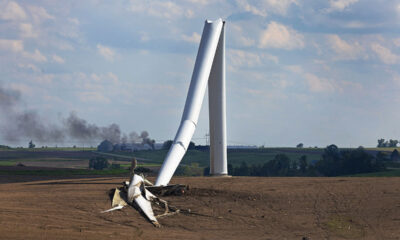Private sector hiring picked up in September, indicating the labor market is holding its ground despite some signs of weakness, payrolls processing firm ADP reported Wednesday.
Companies added 143,000 jobs for the month, an acceleration from the upwardly revised 103,000 in August and better than the 128,000 consensus forecast from economists polled by Dow Jones.
While hiring increased, the rate of pay growth took another step down. The 12-month gain for those staying in their jobs nudged lower to 4.7%, while tumbling to 6.6% for job switchers, down 0.7 percentage point from August.
Job gains were fairly widespread, with leisure and hospitality leading at 34,000, followed by construction (26,000), education and health services (24,000), professional and business services (20,000) and other services (17,000).
Information services was the lone category posting a loss, down 10,000.
Service providers accounted for 101,000 of the total, with goods producers adding the rest.
From a size standpoint, all of the growth came from companies with more than 50 employees. Small firms saw a loss, with those employing fewer than 20 workers down by 13,000.
The ADP count comes two days ahead of the Labor Department’s nonfarm payrolls report, which is expected to show growth of 150,000, following August’s disappointing showing of 142,000, of which 118,000 came from private sector hiring.
While the ADP report serves as a precursor to the official count, the two can differ, sometimes by wide margins.
Federal Reserve officials are watching the jobs numbers closely as they contemplate the next move for monetary policy and interest rates. In a speech Monday, Fed Chair Jerome Powell characterized the labor market as “solid” while noting that it has “clearly cooled” over the past year.
The Fed is expected to follow up its half percentage point rate cut in September with further reductions in November and December. The main question is whether the central bank will move in the same large increment or pivot back to a more conventional quarter-point move.
Futures market pricing currently points to a quarter-point cut in November then a half-point move in December. Powell indicated that consecutive quarter-point moves are the more likely scenario now, though policymakers remain attuned to the data and will adjust accordingly.

 Accounting1 week ago
Accounting1 week ago
 Economics1 week ago
Economics1 week ago
 Personal Finance1 week ago
Personal Finance1 week ago
 Accounting1 week ago
Accounting1 week ago
 Finance1 week ago
Finance1 week ago
 Economics1 week ago
Economics1 week ago
 Economics1 week ago
Economics1 week ago
 Economics1 week ago
Economics1 week ago






















